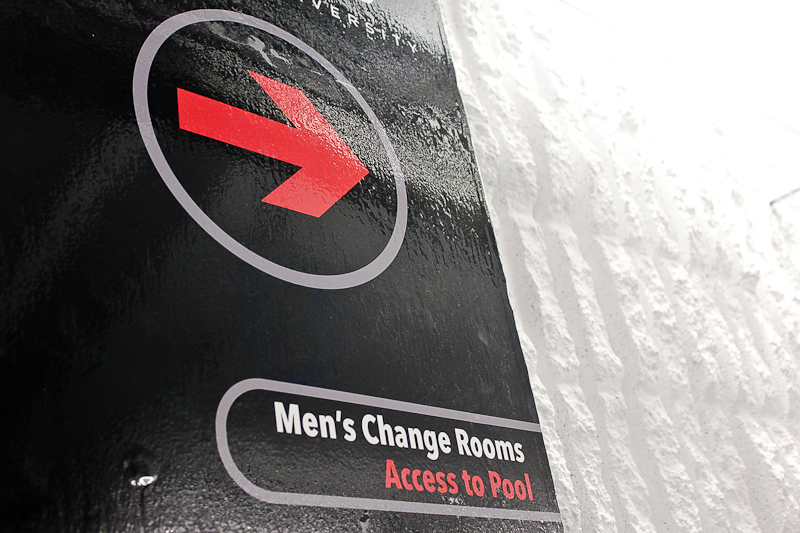
There is a gender imbalance in varsity sports across Canada, according to a December 2013 report released by the University of Toronto (U of T).
This is the second in a series of reports analyzing gender equity in Canada’s interuniversity sport system.
The new report shows a regression since the previous one released in 2011. The report says sports and elements of sports leadership at Canadian Interuniversity Sport (CIS) universities are less equitable than two years ago.
While the population of post-secondary institutions is 56 per cent female, male students make up 57 per cent of varsity athletes, which is up one percentage point since 2011, the report states.
The number of female head coaches dropped from 19 per cent to 17 per cent since 2011, according to the report. It also identified that more men are now coaching women’s sports, up two per cent to 68 per cent since 2011.
U of T kinesiology and physical education professor Bruce Kidd, one of the authors of the report, said the CIS needs “to put gender equity back on its agenda.”
The authors of the study are asking the CIS and its regional counterparts to create a plan that improves opportunities for women in sport.
“Specifically, we ask that they set an immediate target of 50-50 participation, plan for a move to proportionality in participation, and recommit to a significant increase in female leadership,” Kidd said.
Kidd also said there is a decline in per capita opportunities for Canadian students to participate in intercollegiate sports.
He said such opportunities are positive for education and should grow as population and demographics change.
Peter Donnelly, director of the Centre for Sports Policy Studies at U of T, and one of the authors of the report said the report reveals a lack of fairness.
“I am most interested in participation in sport, and in fairness in terms of opportunities to participate,” he said in a statement.
Donnelly said the CIS has a good gender equity policy that they are not enforcing.
Jennifer Brenning, director of recreation and athletics at Carleton University, said she has been involved in university sports for 25 years.
“From my perspective it has stayed relatively consistent since I have been involved in terms of coaching,” she said regarding gender equity at Carleton.
Brenning said there have been gains in terms of women in leadership positions at Carleton, including more female athletic directors, marketing managers, and communications officers.
One exception the report found was that the number of female athletics directors has increased in the last two years.
Brenning said she agrees with some of the report’s findings.
“In terms of participation there has been an increase in male participation opportunities due to the number of institutions who have added football and hockey while field hockey which is a women’s sport has been declining,” she said.
However, Brenning said she disagrees with the premise there are not enough opportunities for female athletes.
“The research statistics are based on individual participation opportunities and not on sport opportunities,” she said. “For example in our case we added both football and women’s rugby—there are more individual opportunities in football, however, there is no comparable team sport for women in terms of number of opportunities that is offered at the CIS level.”
The CIS Equity and Equality Committee will meet at the end of January to review the research, according to Debbie Villeneuve, CIS director of finance and administration.
“CIS is very excited by the great research being conducted throughout our 55 member universities,” she said via email. “Gender equity is an integral component of our new strategic plan. CIS continues to identify and develop strategic relationships . . . to continue efforts to grow opportunities through mentorship and leadership initiatives for women in all aspects of sport.”





